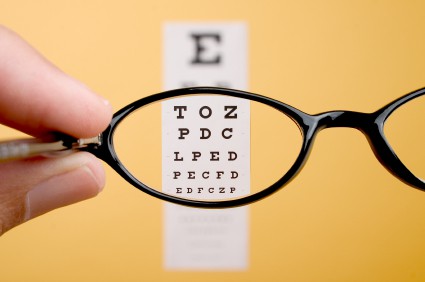If you were planning on gifting the latest touchscreen gadget to a loved one, you might want to reconsider. As noted in a recent article in US News & World Report, there’s a major lifestyle switch that has occurred within the last 30 years, with both kids and adults spending more time indoors and doing close-up work with computer screens and phones. What this means is that a larger percentage of the population is developing myopia (nearsightedness) much earlier in life.
This epidemic isn’t unique to just the United States. All around the world, people are developing nearsightedness at younger ages; the research found that by the 2000s, more than 41% of individuals 12 to 54 years old had myopia, up from just 25% in the 1970s. Nations like South Korea have seen studies that show more than 96% of 19 year olds were nearsighted in 2010.
Aside from the added costs of eye care, this increase is alarming because myopia is linked to higher risks of eye diseases like glaucoma, cataracts and retinal detachment. Thankfully, the condition isn’t entirely genetic and there are several ways you can improve conditions for your eyes.
Research has linked more time outdoors with decreased risk of myopia progression, even when the time spend indoors and reading has been controlled. Another strategy to give your eyes a break is to follow the “20-20-20” rule where you rest after 20 minutes of close up activity (like reading a book, working on a laptop/tablet, or using a smartphone) by looking at an object 20 feet away for about 20 seconds. A third (and simple) strategy is to get an annual eye exam.
Optometrist Melanie Prosise, O.D. notes, “Near-sighted change can occur very quickly in growing adolescents. In addition to annual exams, please frequently ask your children how they are seeing in the classroom.”
Source: https://www.yahoo.com/health/is-nearsightedness-an-epidemic-104166409157.html

